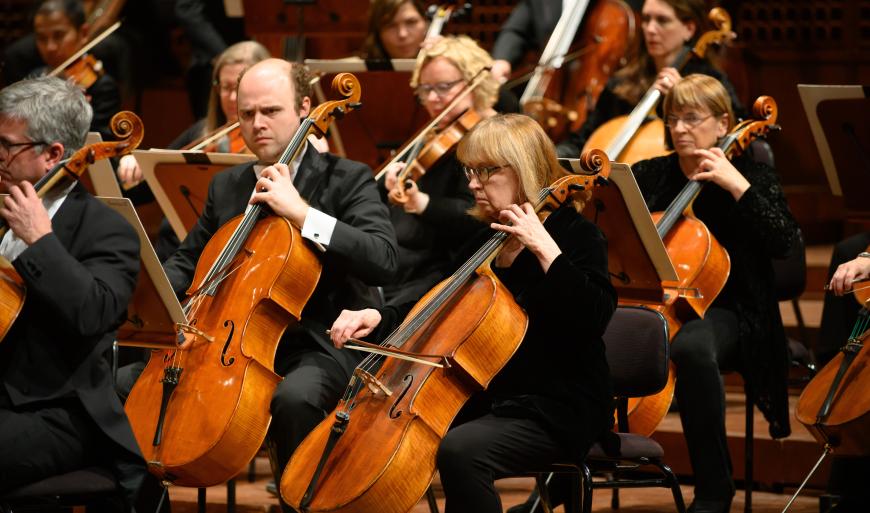
As the San Francisco Symphony approaches the age of 112, it can look back on triumphs of survival over quakes, wars, depression, recession, COVID, and much more.
After 25 years with Michael Tilson Thomas on the podium, and now Esa-Pekka Salonen, the orchestra is still receiving local support, along with national and international acclaim, but not all is well. More musicians are leaving than arriving, and there is an unprecedented seven-month-long collective bargaining deadlock over a new contract.
Many Departures and Few Arrivals
Since the beginning of the pandemic, 22 musicians and one librarian have retired from the orchestra. Immediately before the pandemic, principal cellist Michael Grebanier died.
Three have left for other reasons. Chorus Director Ragnar Bohlin departed over the orchestra’s vaccination requirement, violinist Helen Kim became associate concertmaster of the Seattle Symphony, and violinist Eliot Lev is now a mental health professional.
The chair held by principal keyboardist Robin Sutherland, who retired in 2018 and died in 2020, remains open. Nadya Tichman stepped down from associate concertmaster and is now a section violinist; auditions were held recently for that position, but the results are not yet publicly known. All of these changes mean a cumulative 28 vacancies.

The orchestra has held auditions for and appointed new members for only a few positions. Rainer Eudeikis is now principal cellist. Matthew Griffith succeeded Luis Baez as associate principal and E-flat clarinet. Katarzyna Bryla-Weiss and Leonid Plashinov-Johnson joined the viola section. Last year’s round of flute auditions did not result in the appointment of a principal flutist. The results of recent auditions for principal flute, principal harp, and second bassoon have not yet been publicly announced.
Beyond the 28 vacancies, principal horn Robert Ward will retire at the end of 2023; again, the outcome of auditions for principal horn is not yet known. The orchestra said in an email that it does intend to hire a chorus director.
What this means is that the orchestra onstage at Davies Symphony Hall includes more than 20 freelance players each week, and because SFS decided against hiring one-year substitutes, that group is always changing. For example, more than a half dozen flutists have played principal or associate principal recently, not including several candidates for the principal position who were playing trial weeks.
By not appointing substitutes, SFS pays freelancers but avoids paying for benefits and does not need to make pension contributions. (The San Francisco Opera Orchestra roster for the summer season had a number of players described as “season substitutes,” and the company has told us that it had 19 vacancies during the summer, consisting of 14 permanent vacancies and five musicians who were on leave. SFO has already filled five of the permanent vacancies.)
Beyond the toll that turnover takes on any orchestra’s cohesion, holding auditions to fill vacancies is a methodical and lengthy process, requiring advertising, the screening of resumes, multiple rounds of auditions, and the presence of the music director. It will take many years to fill the current openings at the SF Symphony.
The Role of Continuity in an Orchestra’s Sound
Orchestras always expect some turnover from year to year, but an orchestra’s very sound and ability to play as a unit depend on having a high degree of continuity. As recently retired cellist Anne Pinsker, a 40-year veteran of the SF Symphony, told us in an email, this “kind of sudden exodus cannot occur without damaging the sound, unity, and perfection which took years and years to build.”
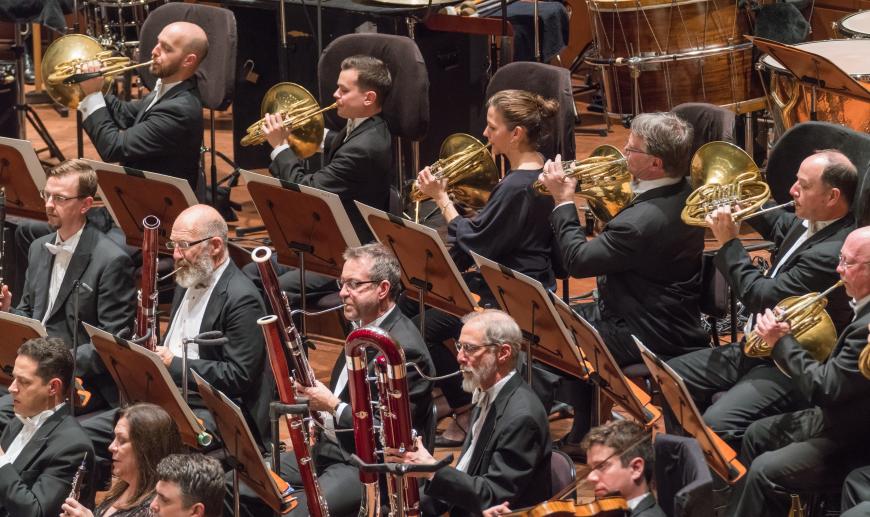
Nanci Severance, a violist with the orchestra since 1982, wrote at greater length about her concerns:
“As someone who has been in the orchestra since the early ’80s, I am appalled and bewildered at the disrespect and damage that this is doing to the San Francisco Symphony. We have a terrific music director and the opportunity to hire amazing new colleagues to replace the many amazing old colleagues that have retired and will retire soon.
“As we all know, San Francisco is an expensive place to live, and we want to attract the best musicians to keep SFS growing and thriving. By not having our contract in place and competitive with [other] top orchestras, we risk undoing all of the work and effort that began decades ago.”
And what of Esa-Pekka Salonen? The orchestra he has now, with so many vacancies, isn’t the orchestra of 2018, when his appointment as music director was announced. His contract is up in two years, and how much orchestra-building he wants to do could well be a factor in whether he renews with SFS.
Neutrality is the norm for music directors, and Salonen is not commenting on the current labor issues.

There have been a few high-profile exceptions in the last decade. At the Atlanta Symphony, both then-Music Director Robert Spano and then-Principal Guest Conductor Donald Runnicles spoke in support of the musicians during a labor dispute. During the long lockout of the Minnesota Orchestra’s musicians, Osmo Vänskä not only spoke out in their support but resigned in protest and was rehired when the lockout ended.
Deadlock and Silence
What’s extraordinary about the current state of collective bargaining agreement negotiations between the SFS administration and American Federation of Musicians Local 6 is how long talks have been deadlocked and the refusal of both parties to say anything about it for the past five months. It seems the only agreement reached, spoken or tacit, is to keep contract talks at a public nonprofit organization “private.”
Negotiations began over a year ago, going into formal sessions on Sept. 15, 2022, ahead of the contract’s expiration on Nov. 26, 2022. On Feb. 10, 2023, the two parties entered into mediation, which apparently is still ongoing without success.
Without a contract, and still using pandemic-period compensation, the SF Symphony completed its 2022–2023 season, toured Europe, began its summer season, and has announced details for next season, which will be Esa-Pekka Salonen’s fourth.
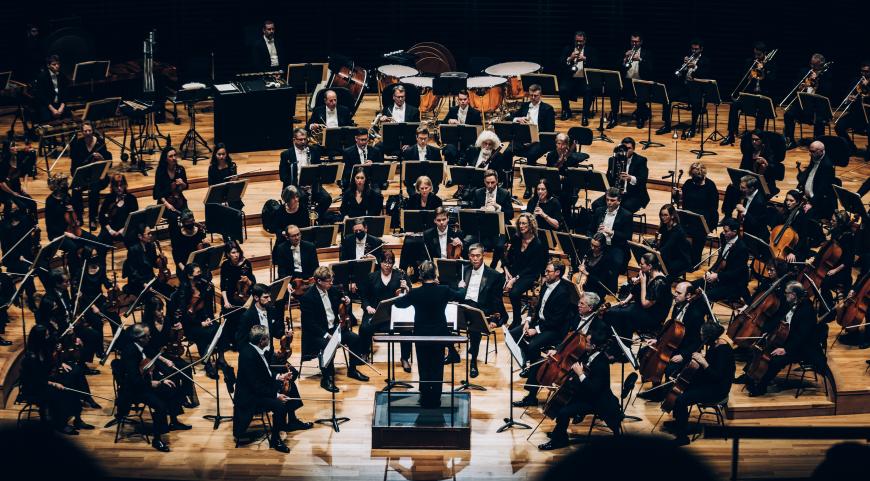
Asked about the situation this weekend, an SFS public relations official replied:
“Through regular negotiation sessions and mediation, the San Francisco Symphony is continuing to work with our union partners to develop a fair agreement that recognizes the musicians’ stature as one of the top orchestras in the country and that does not compromise the future artistic quality or financial sustainability of the institution. We hope to have an agreement in place soon, and when appropriate, the San Francisco Symphony will release more information.”
The current situation stands in stark contrast to the finales of past collective bargaining agreement negotiations here and elsewhere. As orchestras approach the end of their contracts, and certainly when a current agreement expires without the promise of a new one, there is inevitably a war of words and eventually a strike or settlement.
But now, after both sides took their stands in SF Classical Voice in February, silence has descended: no public arguments, no threat of strike, and no contract. The musicians handed out flyers and made a brief from-the-stage protest this winter, but nothing since. Ten years ago, a similar confrontation resulted in public arguments, demonstrations, and a strike.
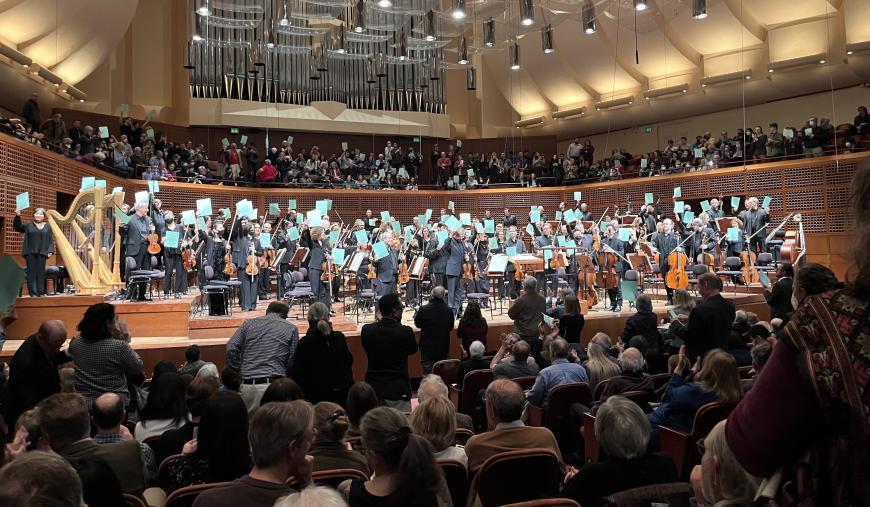
The relationship between the orchestra and administration is now far from ideal, but the situation might still be an improvement compared to the past. With the help of a psychologist, a study of the settlement of the dramatic strike in 1996–1997 revealed, “Over the years, San Francisco management and musicians made brinkmanship a way of life in their contract negotiations.”
The Way They Were
Today, instead of all that drama, it’s apparently “business as usual” and silence, with nothing stated since this basic state of play back in February:
The administration’s offer was (perhaps still is) a minimum salary of $165,000 in the first year, with annual increases to “more than $177,000” by the end of the three-year contract. “Other components of noncontractual compensation” would bring the total average musician salary under the proposal to more than $213,000, with multiyear increases to more than $229,000.
The response back from David Gaudry, head of the musicians’ negotiating committee, was: “Management’s assertion that their contract proposal would offer an average annual salary of $213,000 in the first year is not only disingenuous but wholly incorrect.
“The parties do not bargain over ‘average’ musician salaries. The contract sets out a weekly minimum salary that each musician receives. Any further payments to musicians in the form of overscale are negotiated on an individual basis and are out of the purview or control of the musicians’ negotiating committee.
“Management’s contract offer would set the minimum salary at $170,404 on an annualized basis, over $15,000 per year less than the minimum salary set forth in the contract that expired this past November.”
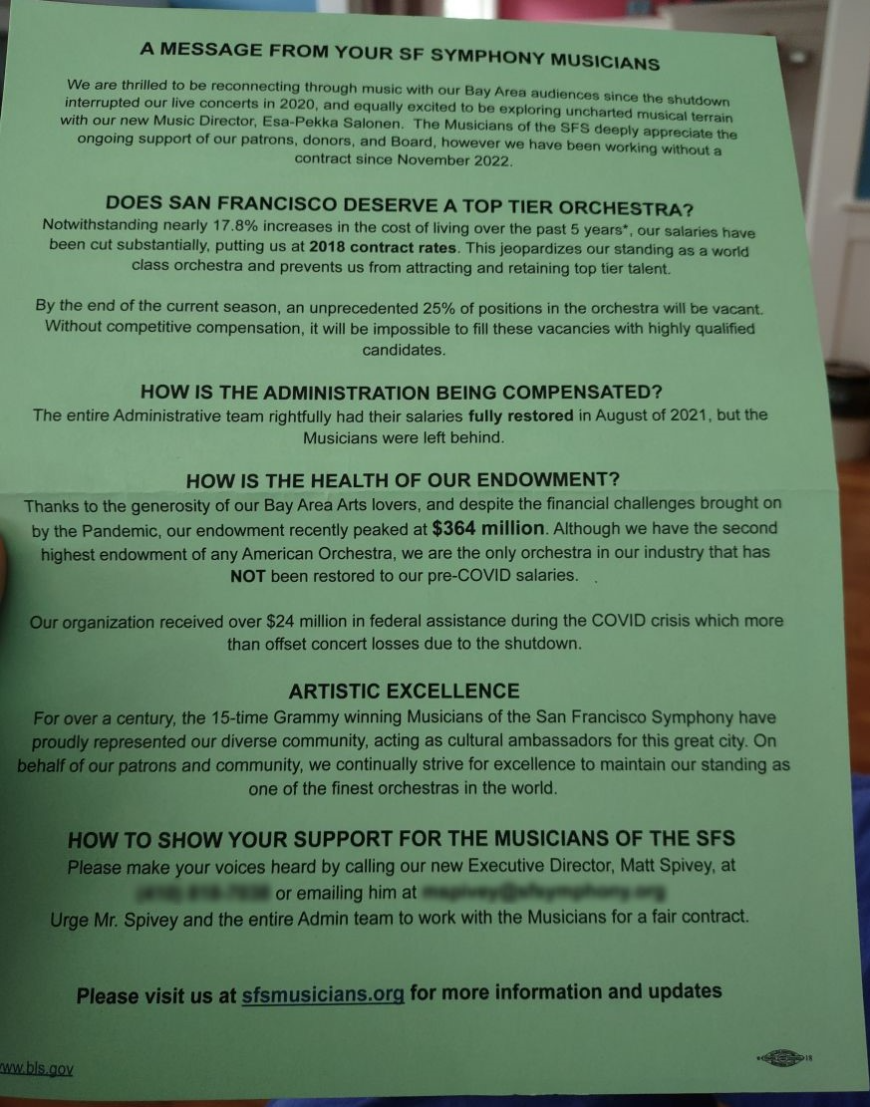
Salaries were caught up in the COVID outage of nearly two years and its aftermath. A year before the pandemic struck, closing down Davies Symphony Hall for months, SFS musicians approved a four-year collective bargaining agreement ahead of schedule. Weekly base salary, previously $3,200, increased to $3,263 under the new agreement, to increase again to $3,570 in the final six months of the contract.
Because the orchestra said it was facing a loss of up to $40 million by the end of the mostly abandoned 2020–2021 season, the musicians took a 30 percent cut to base pay through the end of 2020. Under former CEO Mark C. Hanson, a renegotiated contract promised increases in the future to recoup the loss and “additional pay increases to be triggered in tandem with revenue growth from concerts.”
The union called that reported $40 million deficit a lie, claiming SFS made a profit during the period by receiving $24 million in pandemic aid, saving $9 million in salary reductions, and force majeure erasing all concert production expenses during the first year of COVID. Claims and counterclaims cannot be verified until the release of IRS reports for the period.
Restoring Contracts to Pre-COVID Terms
According to International Musician, the journal of the American Federation of Musicians, in November 2020 SFS musicians “agreed to a 30 percent pay cut; now, they are seeking a short-term, one-year contract at the salary level that the previous collective bargaining agreement would have reached, if not for the pandemic. Compounding the importance of salary is the fact that 21 musicians have retired or left the orchestra since 2020, in an expected generational shift that was escalated by the pandemic. Both musicians and management are aligned that compensation — especially in the Bay Area, with its high cost of living — will be a critical factor in the orchestra’s ability to attract top talent to fill its vacancies.”
How do SFS salaries compare with those of other orchestras, and what’s the competition for the best musicians and the rate of retention vis-a-vis other high-budget ensembles? Apparently, SFS’s pandemic-lowered and still-unadjusted salaries are no longer competitive with some top orchestras — a main reason for San Francisco musicians auditioning in Chicago, New York, and Los Angeles. Just in the last two months, SFS principal violist Jonathan Vinocour and associate principal horn Mark Almond played guest weeks with the Chicago Symphony.
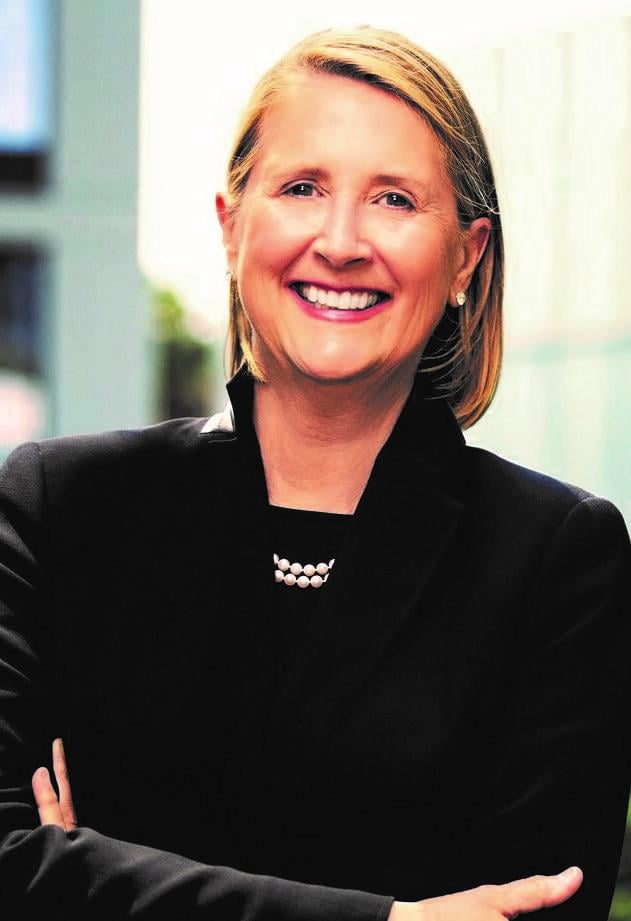
An orchestra’s endowment is one measure of its financial health. SFS had a substantial endowment of $364.4 million as of the fiscal year ending August 2021, which declined to $326 million with the fiscal year ending August 2022. Only two U.S. orchestras have larger endowments: the Los Angeles Philharmonic, at $368.4 million as of the fiscal year ending August 2021, and the Boston Symphony, whose endowment was $576.3 million as of the fiscal year ending August 2021, declining to $484 million as of the fiscal year ending August 2022.
An important and unknown factor in the negotiations is the role and position of the SF Symphony’s Board of Governors, which has the final word, speaking through President Priscilla B. Geeslin and CEO Matthew Spivey. Numerous board members are also major donors, determining a portion of the $74.7 million budget, which provides for salaries and benefits. That budget figure is from the most recent available audited financial statement, for fiscal year 2022.
The one issue which appeared to have been close to being settled the last time we heard from the negotiators was benefits, “including 10 weeks annual paid vacation, paid sick leave, a full-coverage health plan with very modest monthly contributions from individual musicians, and a maximum pension of $82,000 annually upon retirement.”
The response from the union negotiators was: “That is the one area where the parties are in full agreement.”
Image and Judgment in the Public Eye
From the point of view of public opinion, the negotiating (and publicity) emphasis on salaries and benefits often creates negative response to both parties, expressed in several social media posts and comments to SF Classical Voice as “a plague on both their houses” — on one hand denouncing the organization’s “Scrooge attitude” and on the other hand stating that “there are many other occupations that require practice or study and even endure bodily injury that do not pay $165,000 a year plus full benefits and a pension.”
A Facebook comment by Daniel Ogawa last week called attention to overemphasis on salaries:
I don’t know what a fair salary is for a musician at a top-tier symphony. No clue. But from a negotiating standpoint, fighting back with numbers is not the best approach.
In San Francisco, where the median salary is about half what musicians make, arguing that you’re underpaid at $165,000 is playing into SFS’s hands. And that’s minimum salary.
And the argument that S.F. is expensive — yes. It’s also expensive for the guy laying asphalt or the woman who runs an after-school daycare and the guy making me my latte. The economic argument just doesn’t work.
What does is stressing that while your dedication and workload remain the same, SFS has cut your salary significantly. That being a musician isn’t just about playing in Davies Hall, it’s about bringing music to the schools and playing Stern Grove concerts. I’m sure there’s more.
That you’re not just musicians ... you live and breathe music 24/7 and are just the latest caretakers for a tradition that goes back 300-plus years and is a crucial part of what has helped build cities since Mozart and still acts as a gathering point for people who believe that art and music is part of what gives each of us a soul.
You will play music anywhere ... you would just prefer to play it here. And that SFS’s attempt to reduce you from artists to [laborers] suggests even they don’t understand what a world-class symphony is all about.
But sure, argue that $165,000 or $203,000 or whatever isn’t fair compensation for people who’ve worked hard to be the best at what they do ... and you will win the hearts and minds of plenty of other hardworking people who make the median salary ... while they take their kids to a ballgame instead.”
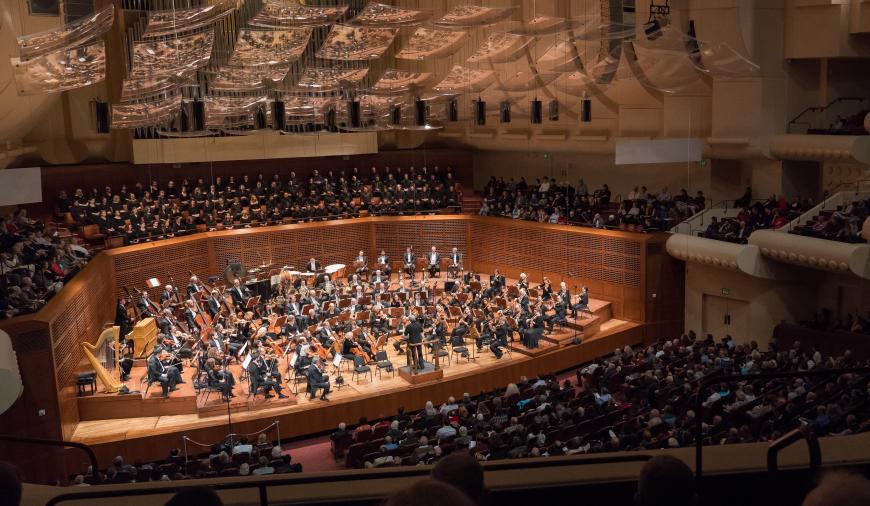
Even a sudden, unexpected “happy ending” to negotiations would not mean labor peace at Davies Symphony Hall (or the War Memorial Opera House) because orchestra musicians are only part of the substructure of the SF Symphony and Opera.
The SF Symphony Chorus is facing the expiration of its contract on Aug. 31, and there is no word that the intensive phase of negotiations between the representative American Guild of Musical Artists and SFS has yet begun.
The SFS agreement with the Theatrical Employees Union, Local B18, covering ticket service employees, backstage workers, and ushers, expired on May 31, 2023.
As to reporting on the SF Symphony during the current, long-lasting silence, we realize that media blackouts may be necessary when an agreement is about to be concluded, in order to avoid “fighting in headlines.” But providing some factual information to the media, and therefore to the public, would allow for much-needed transparency in this important, ongoing, and potentially worsening conflict.




